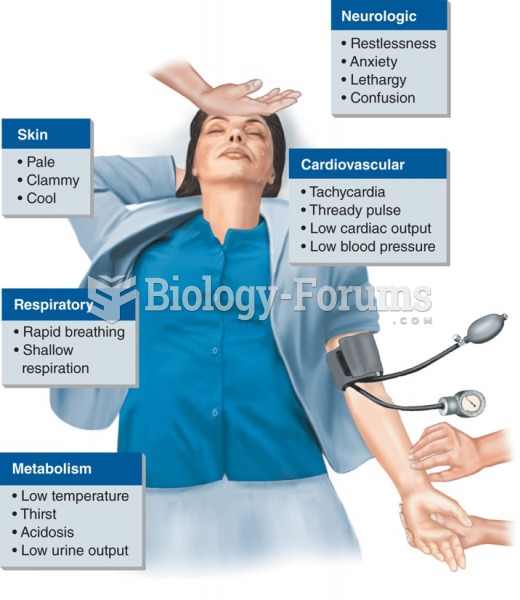|
|
|
Did you know?
The average adult has about 21 square feet of skin.
Did you know?
On average, someone in the United States has a stroke about every 40 seconds. This is about 795,000 people per year.
Did you know?
Throughout history, plants containing cardiac steroids have been used as heart drugs and as poisons (e.g., in arrows used in combat), emetics, and diuretics.
Did you know?
More than 4.4billion prescriptions were dispensed within the United States in 2016.
Did you know?
Human kidneys will clean about 1 million gallons of blood in an average lifetime.







